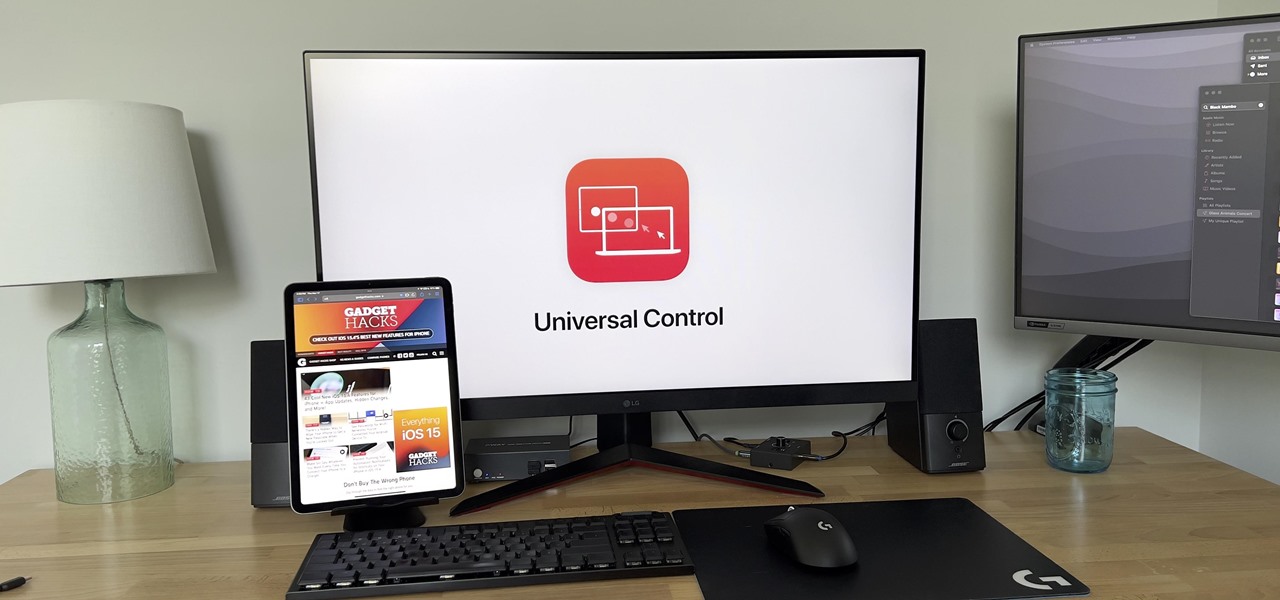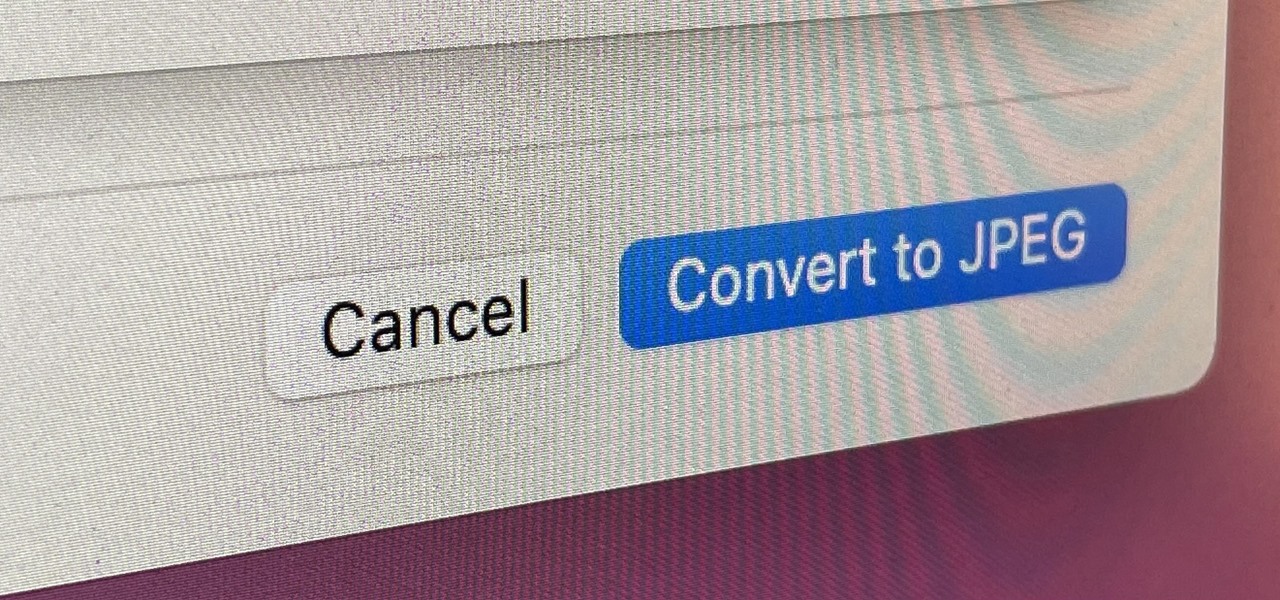How the Sleep Cycle App Changed the Way I Wake Up (and My Life)
Apple iPhone
Summary
- Traditional alarm clocks wake you up at a specific time regardless of what stage of sleep you’re in.
- Sleep Cycle can wake you up when you’re in your lightest sleep stage.
- Having used Sleep Cycle for nearly 2,400 days, I can confidently say it has completely transformed my mornings.
I used to hate waking up in the morning. Once I realized that standard alarm clocks are terrible, I started using an app to wake me up within a light sleep stage. This utterly changed my life.
What Is Sleep Cycle, and How Does It Work?
Sleep Cycle monitors your sleep through the night. It can either use your phone’s microphone or a connected smartwatch to do the monitoring.
While I’ve tried the smartwatch approach in the past, for the nearly 2,400 nights that I’ve tracked in Sleep Cycle, I have stuck to the microphone approach. I find that it’s relatively accurate, I don’t have to wear anything extra, and it also tells me if and when I snore or cough.
With the data that Sleep Cycle gathers via a microphone, it can monitor your breathing and movements in bed through sound. Using this data, Sleep Cycle is able to determine, relatively accurately, what cycle of sleep you’re in at the moment.
The app presents you with a sleep percentage when you wake up to tell you “how well” you’ve slept, and it also tells if there was coughing, sleep talking, snoring, and the like. However, this data is also used to fuel the Sleep Cycle wake-up windows, which is where the game changer really lies.
Alarm Clocks Wake You Up at a Set Time, No Matter What
What if I told you that this isn’t the best way to wake up, and that your mornings don’t have to start with a jolt from the alarm every morning? Standard alarm clocks don’t know what part of your sleep cycle you’re currently in, and simply go off at an appointed time. And, that’s not great for us.

We sleep in cycles. Sometimes we’re sleeping lighter, sometimes deeper. If you’ve ever felt super groggy in the morning after waking up, even though you “got a good night’s sleep,” it’s likely you were woken up during stage three or even the REM cycle of your sleep. During the final two stages of sleep, we sleep harder and it’s more difficult to wake up. A standard alarm clock doesn’t take this into account.
So I stopped using a traditional alarm clock to wake up, and turned to Sleep Cycle on my iPhone (it’s also available on Android). Sleep Cycle can work like other alarm clocks. But, when used with wake-up windows, it’s much better.
A Window of Opportunity
I’ve already covered my distain for waking up at a specific time every morning. But, what if you have to wake up at 6:00 AM every morning? Besides setting an alarm clock for 6:00 AM, what other option is there?
In comes Sleep Cycle’s wake-up windows. Using the sleeping data collected while you’re asleep, Sleep Cycle is able to determine what stage of sleep you’re in. This tells the app if you’re in a deep (stage three or REM) sleep, or if you’re in a lighter stage, which is when you would, ideally, want to be woken up.
The default wake-up window is 30 minutes, which is what I’ve used for more than six. Within 30 minutes of your set alarm time, Sleep Cycle will wake you up when you’re at your lightest point of sleeping.
This is something that has made it so much easier for me to wake up in the mornings. Even if I only got two to three hours of sleep that night because I went to bed late and had to get up early, waking up at the lightest point of my sleep makes that hard morning a bit easier.
You might say, “But if I have a 6 am alarm set, I don’t want to wake up at 5:30!” To which I would say: “You’d actually rather wake up at 5:30 at a lighter stage of sleep than 6 am in deep sleep.”
This style of alarm clock takes some transition time and getting used to. But it’s so worth it.
Snoozing also works differently when you use wake-up windows. When set to intelligent snooze, Sleep Cycle will monitor your sleep and try to keep you from falling into a deep sleep while snoozing—another reason we could feel so groggy in the morning.
My favorite part of the wake-up window is that snoozing is disabled once your alarm time hits. So, for me, I wake up at 7 am. My alarm might start going off around 6:40. What I do is stay in bed, snoozing it until the app doesn’t let me snooze anymore. Once that happens, I know it’s 7 am, and it’s time to get up.
The Wake-Up Window Transformed My Mornings
I used to hate mornings. I still do, I just hate them a little less now. I’ve never been one to have a great sleep schedule. While I’m starting to get a little more routine in my late 20s, when I was in my early 20s I would sometimes go to bed as late as 3 or 4 am to wake up at 6:30 for work. And Sleep Cycle, while it couldn’t make me get more sleep, helped me to wake up not to a jolt or startle in the morning.
It’s interesting to want to wake up before you have to. I never thought I would like it, and when my friends told me about the app years ago, I told them it was a dumb idea. However, now that I’ve used it for nearly seven years, I can’t imagine not having it.
My wife has been using Sleep Cycle to track her sleep while using the standard alarm clock function, but not the wake-up window because she didn’t think she’d like it. However, over the past week or so, since I told her I was writing this, she’s switched to using the wake-up window and is loving it so far.
Until you spend a few weeks transitioning yourself away from the traditional wake-up experience, it’s hard to understand just how transformative it can be. The first few nights are rough, but after that, it’s amazing the difference it makes.
I used to require coffee in the morning to even think about being alive. Now, I can wake up and get immediately started with my day. Some days I take the morning slower, and some days I jump straight into tasks and work, all without coffee (first thing).
You don’t have to hate waking up and feeling like garbage in the mornings anymore. I used to, but Sleep Cycle literally changed my life. The app functions completely free, but I gladly pay $40 per year for the premium version for cloud syncing and the other functions it provides since I want to make sure that I support the developers and keep it around as long as possible.

















